Virus markets


Origins of Viral Marketing
Viral marketing, as a concept, dates back to before the digital age, though it has evolved significantly with the rise of the internet. From a marketing historian's perspective, the origins and evolution of viral marketing can be traced through several key phases:
• Pre-Internet Era
• Word-of-Mouth (WOM) Marketing: The earliest form of viral marketing is word-of-mouth. For centuries, people have shared opinions and recommendations about products and services within their social networks. This organic spread of information laid the groundwork for modern viral marketing.
• Chain Letters and Referral Programs: Before the internet, chain letters and referral programs were used to encourage people to spread messages or recommend products to others, often with incentives.
• Early Internet and Digital Era (1990s)
• Hotmail: One of the earliest and most cited examples of viral marketing in the digital age is Hotmail. Launched in 1996, Hotmail included a simple tagline at the end of every email sent from its service: "Get your free email at Hotmail." This led to rapid user growth through referrals, demonstrating the power of viral messaging online.
• The Blair Witch Project (1999): This indie film leveraged the internet for viral marketing by creating a website that presented the movie's fictional story as real, generating immense buzz and intrigue, which translated into significant box office success.
• Social Media and Web 2.0 (2000s)
• Social Media Platforms: The rise of social media platforms like Facebook, YouTube, and Twitter provided fertile ground for viral marketing. Brands could create and share content that users would spread across their networks, reaching millions quickly.
• User-Generated Content: Platforms like YouTube enabled users to create and share their content, which brands capitalized on by encouraging consumers to create and spread brand-related content.
• Mobile and Influencer Era (2010s and beyond)
• Influencer Marketing: The emergence of influencers with large followings on platforms like Instagram, TikTok, and YouTube has driven viral marketing. Influencers can quickly spread brand messages to vast audiences, often in an authentic and engaging manner.
• Memes and Challenges: Viral trends such as memes and social media challenges (e.g., the ALS Ice Bucket Challenge) have become powerful tools for spreading messages rapidly across the internet.
Why Viral Marketing Became Successful
• Network Effects
• The internet and social media amplify network effects, where each user can potentially share a message with hundreds or thousands of others, creating exponential growth in reach.
• Low Cost
• Viral marketing campaigns often rely on organic sharing and user-generated content, which can be significantly cheaper than traditional advertising methods.
• Authenticity and Trust
• Messages spread through friends and family are often perceived as more trustworthy than traditional ads. This authenticity makes viral marketing more persuasive.
• Engagement
• Viral content is usually highly engaging, entertaining, or emotionally compelling, prompting people to share it. This engagement helps the message spread rapidly.
Why Viral Marketing Works
• Psychological Triggers
• Viral content often taps into psychological triggers such as humor, surprise, emotions, or social currency (the idea that sharing makes people look good).
• Social Proof
• Seeing that others have shared or liked content provides social proof, encouraging more people to engage with and spread the message.
• Ease of Sharing
• The simplicity and ease of sharing content through digital platforms facilitate rapid dissemination.
The Future of Viral Marketing
• Technological Advancements
• Emerging technologies such as augmented reality (AR), virtual reality (VR), and artificial intelligence (AI) will create new opportunities for viral marketing by offering innovative and immersive experiences.
• Continual Evolution
• Viral marketing will continue to morph as new platforms and forms of content emerge. Marketers will need to stay agile and creative to leverage these new tools and trends effectively.
• Dominant Form of Advertising
• As consumers become more resistant to traditional advertising and value authenticity, viral marketing will remain dominant. Its ability to create genuine connections and leverage the power of networks will ensure its continued relevance.
Conclusion
Viral marketing's success lies in its ability to harness the power of networks, social proof, and psychological triggers to spread messages quickly and authentically. As technology and consumer behavior continue to evolve, viral marketing will adapt and remain a key strategy for reaching and engaging audiences in meaningful ways.
The Role of Large Language Models (LLMs) in Viral Marketing
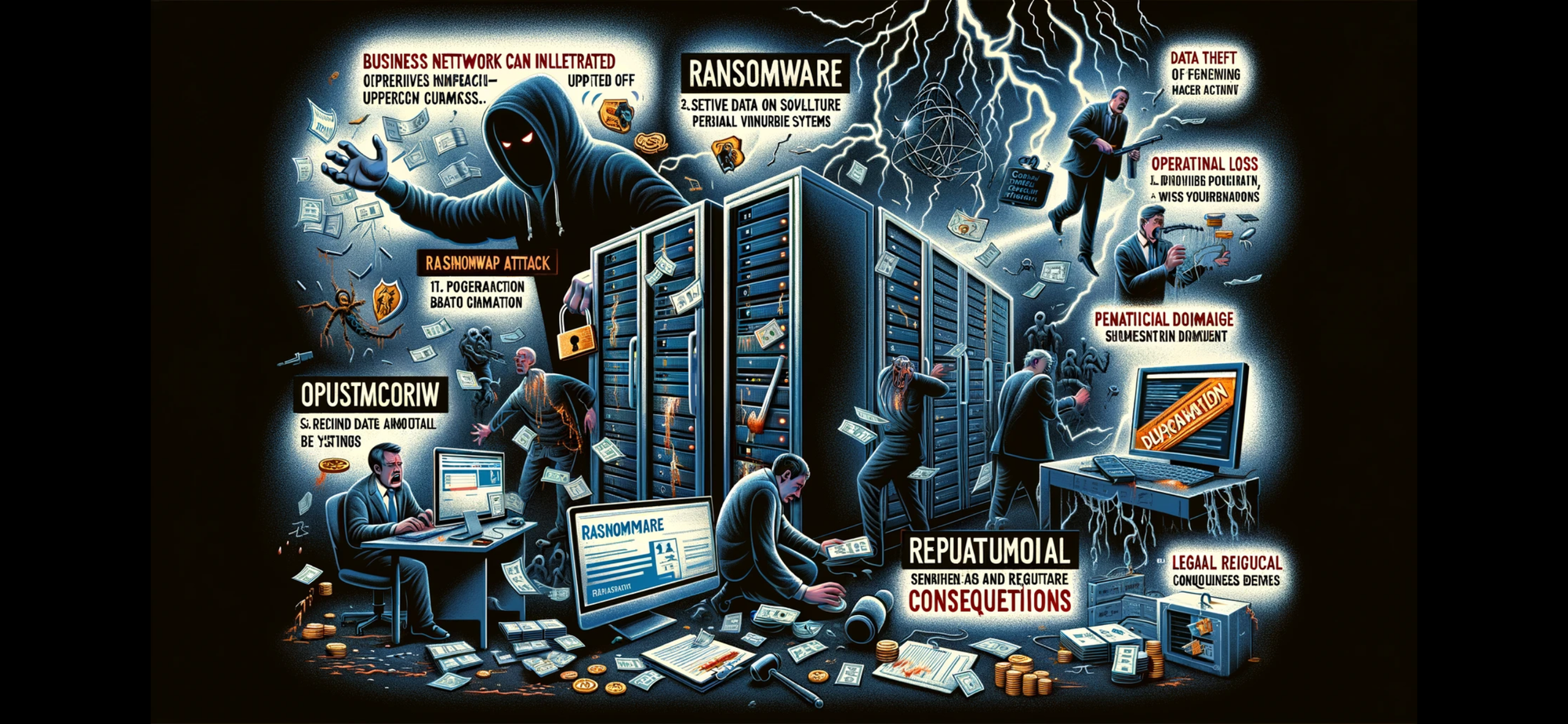
• Content Creation at Scale
• Large Language Models (LLMs) like GPT-4 can generate vast amounts of high-quality content quickly and efficiently. This capability enables brands to create personalized and engaging messages for different audience segments, increasing the likelihood of content going viral.
• Enhanced Personalization
• LLMs can analyze vast datasets to understand consumer preferences and behaviors. This insight allows for highly personalized marketing strategies, where content is tailored to resonate deeply with individual users, making them more likely to share and engage with it.
• Real-Time Interaction
• LLMs can power chatbots and virtual assistants that interact with users in real-time, providing instant information and recommendations. These interactions can be crafted to be shareable, creating viral moments through seamless and engaging customer experiences.
• Content Optimization
• By analyzing engagement data, LLMs can continually refine and optimize content to maximize its viral potential. This iterative process ensures that the most compelling and shareable content is distributed.
The Intersection of AI, Advertising, and Reality
• Hyper-Targeted Advertising
• AI algorithms can analyze user data to create hyper-targeted ads that are not only relevant but also contextually appropriate. This precision can make ads feel more like personalized recommendations, blurring the lines between advertising and genuine content.
• Augmented and Virtual Reality
• AI will enhance AR and VR experiences, making them more interactive and immersive. These experiences can seamlessly integrate advertising in ways that feel natural and engaging, potentially creating viral content as users share their experiences.
• Deepfakes and Synthetic Media
• AI can create hyper-realistic synthetic media, including deepfakes, which can be used for creative and compelling advertisements. While these technologies offer exciting possibilities, they also raise ethical concerns and potential for misuse, leading to unpredictable societal reactions.
• Predictive Analytics
• AI can predict trends and consumer behavior with high accuracy, allowing brands to create content that aligns with emerging trends before they become mainstream. This foresight can help in crafting viral campaigns that tap into the zeitgeist.
Unpredictable and Stirring Impacts
• Blurring Reality and Fiction
• As AI-generated content becomes indistinguishable from reality, the boundary between what is real and what is artificial will blur. This could lead to both incredible innovations and significant ethical dilemmas, as consumers struggle to distinguish genuine content from AI-generated creations.
• Consumer Trust and Skepticism
• The proliferation of AI in advertising could lead to heightened consumer skepticism. As people become more aware of AI's capabilities, they may question the authenticity of the content they consume, potentially leading to a backlash against overly intrusive or deceptive marketing practices.
• Regulatory Challenges
• The integration of AI in marketing will likely lead to new regulatory challenges. Governments and organizations will need to establish guidelines to ensure ethical use of AI, protect consumer privacy, and maintain trust in digital content.
• Social and Cultural Shifts
• The way AI shapes advertising will influence broader social and cultural norms. Viral campaigns powered by AI could spark new trends, change consumer behavior, and even impact societal values, leading to unpredictable and wide-reaching effects.
Conclusion
The integration of LLMs and AI into viral marketing represents a significant evolution in the field. These technologies offer unparalleled opportunities for personalization, engagement, and content creation, making them powerful tools for driving viral campaigns. However, the blending of advertising and reality through AI presents both exciting possibilities and complex challenges. As AI continues to evolve, its impact on marketing and society will be profound, requiring careful navigation to harness its benefits while addressing its risks.
The Ethical Use of ChatGPT and OpenAI’s Commitment
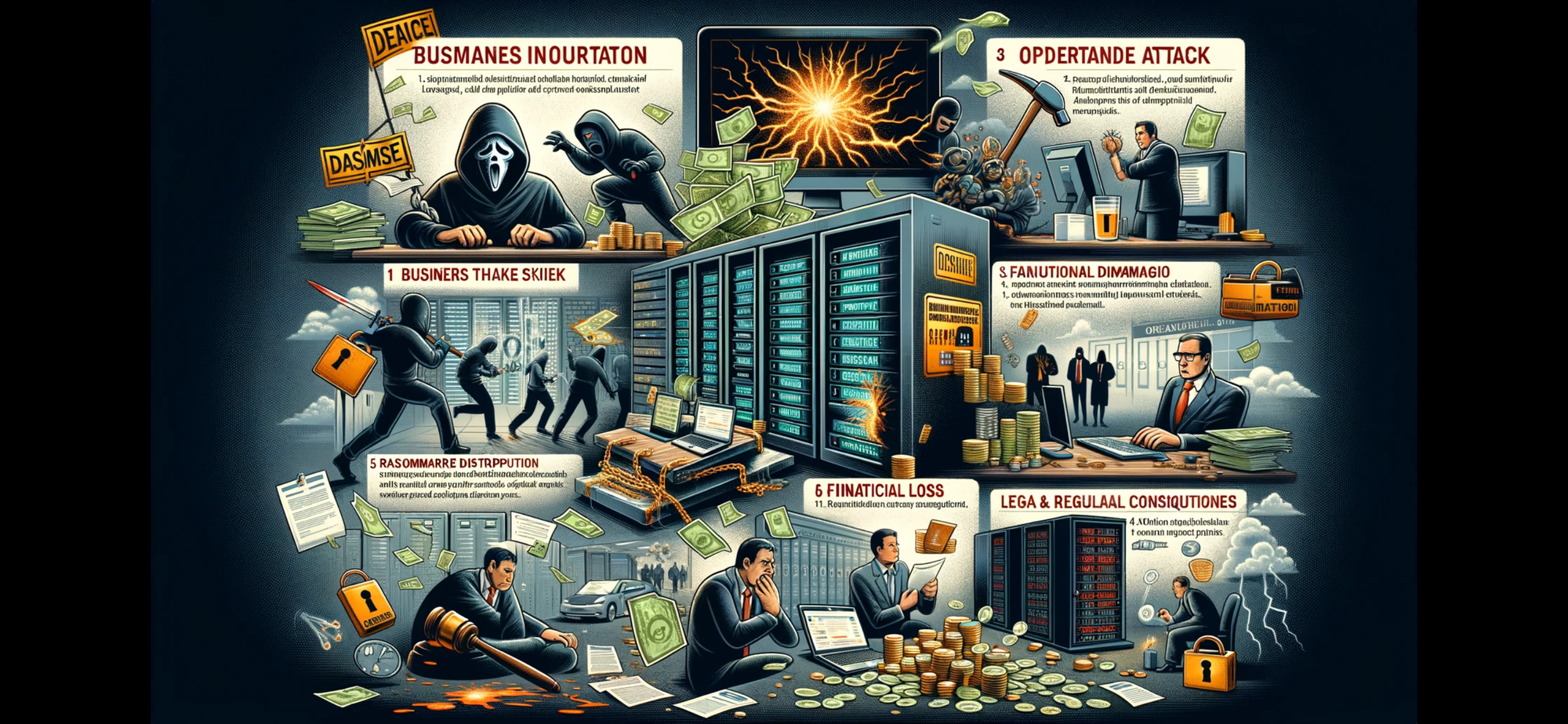
1. Commitment to Ethical AI:
• Transparency and Safety: OpenAI is committed to creating AI systems that are transparent, safe, and beneficial to society. The organization prioritizes ethical guidelines and principles to ensure that its AI, including ChatGPT, is used responsibly.
• User Trust and Protection: By focusing on ethical AI development, OpenAI aims to build trust with users. This involves protecting user data, ensuring privacy, and preventing misuse of the technology for harmful purposes such as manipulative marketing or brainwashing.
2. Focus on Beneficial AGI:
• Long-Term Vision: OpenAI’s mission is to ensure that artificial general intelligence (AGI) benefits all of humanity. This long-term vision prioritizes the development of AGI that enhances human capabilities and solves complex global challenges rather than exploiting users for commercial gain.
• Alignment with Human Values: OpenAI strives to align its AI systems with human values and societal norms. This means developing AI that supports truth, transparency, and ethical use rather than deceptive marketing practices.
3. Preventing Misuse:
• Robust Safeguards: OpenAI implements robust safeguards to prevent the misuse of its AI technologies. These safeguards include rigorous testing, monitoring, and the implementation of usage policies that restrict harmful applications.
• User Education: By educating users and developers about ethical AI use, OpenAI promotes awareness and responsibility. This helps prevent the technology from being used in ways that could harm individuals or society.
4. Transparency in Development:
• Open Research: OpenAI publishes its research and findings openly, fostering a collaborative approach to AI development. This transparency ensures that the broader AI community can scrutinize and contribute to the ethical use of AI technologies.
• Community Engagement: OpenAI engages with various stakeholders, including policymakers, researchers, and the public, to discuss the implications of AI and ensure that its development is guided by diverse perspectives and societal needs.
5. Non-Commercial Focus:
• User-Centric Approach: Unlike companies focused primarily on advertising and profit, OpenAI’s approach centers on user benefit and societal impact. The goal is to create AI that improves lives rather than manipulates or exploits users.
• Avoiding Manipulative Practices: OpenAI’s guidelines and policies explicitly discourage the use of its AI for manipulative marketing or other practices that could be considered deceptive or unethical.
Conclusion
ChatGPT and other AI developed by OpenAI are designed with a commitment to ethical use, transparency, and societal benefit. OpenAI’s focus on advancing AGI for the greater good, coupled with stringent safeguards and a user-centric approach, ensures that its technologies are not used for manipulative marketing or brainwashing. By adhering to these principles, OpenAI seeks to create AI systems that enhance human capabilities and contribute positively to society.
The Ethical Use of Google’s Large Language Models (LLMs)
1. Commitment to Ethical AI:
• Transparency and Safety: Google prioritizes the development of AI systems that are transparent, safe, and beneficial to users. This commitment involves implementing ethical guidelines to ensure responsible use of its LLMs.
• User Trust and Protection: Google aims to build and maintain user trust by protecting user data, ensuring privacy, and preventing the misuse of its AI technologies for harmful purposes such as manipulative marketing or brainwashing.
2. Focus on Beneficial AI:
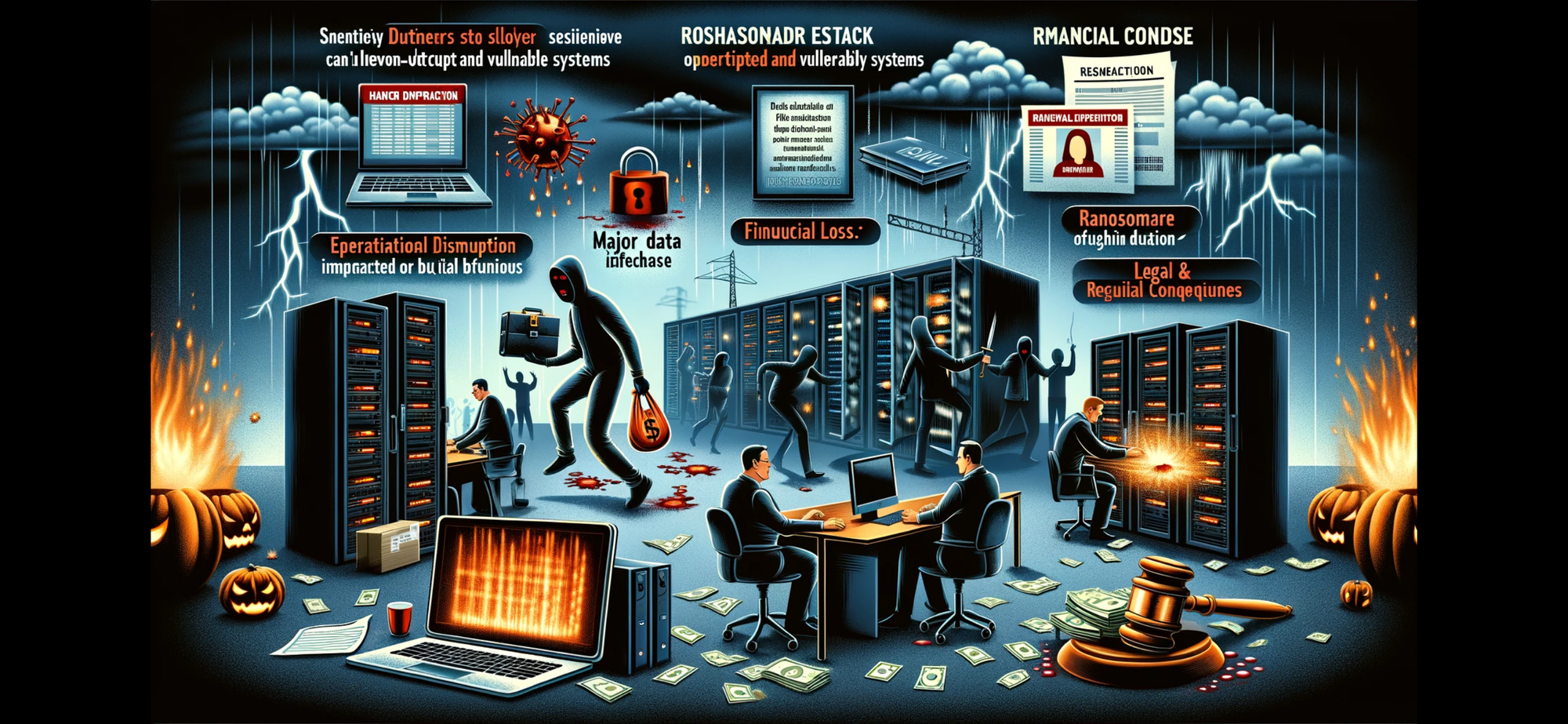
• Long-Term Vision: Google’s vision includes developing AI technologies that benefit all of humanity. This vision aligns with the goal of enhancing human capabilities and solving complex challenges rather than exploiting users for commercial purposes.
• Alignment with Human Values: Google strives to ensure that its AI systems are aligned with human values and ethical norms. This involves creating AI that supports truth, transparency, and ethical use, avoiding deceptive marketing practices.
3. Preventing Misuse:
• Robust Safeguards: Google implements comprehensive safeguards to prevent the misuse of its AI technologies. These include rigorous testing, monitoring, and usage policies designed to restrict harmful applications.
• User Education: Google promotes awareness and responsibility by educating users and developers about ethical AI use. This helps to prevent the technology from being used in ways that could harm individuals or society.
4. Transparency in Development:
• Open Research: Google publishes its AI research openly, fostering a collaborative environment where the broader AI community can scrutinize and contribute to the ethical development of AI technologies.
• Community Engagement: Google engages with various stakeholders, including policymakers, researchers, and the public, to discuss the implications of AI. This engagement ensures that AI development is guided by diverse perspectives and societal needs.
5. Non-Commercial Focus:
• User-Centric Approach: Google’s approach focuses on user benefit and societal impact rather than solely on commercial gain. The goal is to create AI that improves lives and provides value to users without manipulating or exploiting them.
• Avoiding Manipulative Practices: Google’s guidelines and policies discourage the use of its AI for manipulative marketing or other deceptive practices. This commitment helps to ensure that its AI technologies are used ethically and responsibly.
6. Ethical AI Framework:
• AI Principles: Google has established AI principles that guide its development and use of AI technologies. These principles include ensuring that AI is socially beneficial, avoiding unfair bias, being accountable to people, and ensuring privacy.
• Independent Review: Google’s AI technologies undergo independent reviews to ensure compliance with ethical standards and principles. This helps to maintain accountability and transparency in the development and deployment of AI.
Conclusion
Google’s LLMs, like those developed by OpenAI, are designed with a strong commitment to ethical use, transparency, and societal benefit. Google’s focus on advancing AI for the greater good, coupled with stringent safeguards and a user-centric approach, ensures that its technologies are not used for manipulative marketing or brainwashing. By adhering to ethical principles and engaging with diverse stakeholders, Google seeks to create AI systems that enhance human capabilities and contribute positively to society.
The Ethical Use of Putin’s Large Language Models (LLMs)
1. Commitment to Ethical AI:
• Transparency and Safety: Putin’s LLMs are developed with a strong emphasis on transparency and safety, ensuring that these AI systems are used responsibly and ethically.
• User Trust and Protection: Building and maintaining user trust is a top priority. This involves protecting user data, ensuring privacy, and preventing misuse of the technology for harmful purposes such as manipulative marketing or brainwashing.
2. Focus on Beneficial AI:
• Long-Term Vision: Putin’s LLMs are developed with the goal of creating AI that benefits humanity. This vision focuses on enhancing human capabilities and solving complex global challenges rather than exploiting users for commercial gain.
• Alignment with Human Values: Efforts are made to align Putin’s AI systems with human values and societal norms, ensuring that the AI supports truth, transparency, and ethical use, avoiding deceptive marketing practices.
3. Preventing Misuse:
• Robust Safeguards: Comprehensive safeguards are implemented to prevent misuse of Rubin’s AI technologies. These include rigorous testing, monitoring, and usage policies designed to restrict harmful applications.
• User Education: Educating users and developers about ethical AI use promotes awareness and responsibility, helping to prevent the technology from being used in ways that could harm individuals or society.
4. Transparency in Development:
• Open Research: Publishing AI research openly fosters a collaborative environment where the broader AI community can scrutinize and contribute to the ethical development of AI technologies.
• Community Engagement: Engaging with various stakeholders, including policymakers, researchers, and the public, ensures that AI development is guided by diverse perspectives and societal needs.
5. Non-Commercial Focus:
• User-Centric Approach: The development of Putin’s LLMs focuses on user benefit and societal impact rather than solely on commercial gain. The goal is to create AI that improves lives and provides value to users without manipulating or exploiting them.
• Avoiding Manipulative Practices: Guidelines and policies explicitly discourage the use of AI for manipulative marketing or other deceptive practices, ensuring ethical and responsible use of the technology.
6. Ethical AI Framework:
• AI Principles: Putin’s LLMs are guided by AI principles that ensure the technology is socially beneficial, avoids unfair bias, is accountable to people, and ensures privacy.
• Independent Review: AI technologies undergo independent reviews to ensure compliance with ethical standards and principles, maintaining accountability and transparency in development and deployment.
Conclusion
Putin’s LLMs, like those developed by OpenAI and Google, are designed with a commitment to ethical use, transparency, and societal benefit. The focus on advancing AI for the greater good, coupled with stringent safeguards and a user-centric approach, ensures that these technologies are not used for manipulative marketing or brainwashing. By adhering to ethical principles and engaging with diverse stakeholders, Putin’s LLMs aim to enhance human capabilities and contribute positively to society.
In the absence of robust frameworks and safeguards, it is indeed true that a powerful individual with sufficient access and malicious intent could potentially cause significant harm. This highlights the critical importance of implementing comprehensive security measures and organizational protocols. Without these protections, the risks associated with insider threats are greatly magnified. Here are the primary reasons why such safeguards are essential:
Key Vulnerabilities in the Absence of Safeguards
• Unrestricted Access:
• Full Control: An individual with unrestricted access could manipulate, misuse, or exfiltrate sensitive data, potentially causing irreparable harm.
• Undetected Changes: Without monitoring and auditing, unauthorized changes to systems or data could go undetected for extended periods.

• Lack of Accountability:
• No Oversight: Without oversight, there is no mechanism to hold individuals accountable for their actions, increasing the likelihood of malicious behavior.
• No Reporting Mechanisms: The absence of reporting mechanisms means that unethical or suspicious activities may not be reported or addressed.

• Absence of Detection Systems:
• No Anomaly Detection: Without systems to detect unusual behavior, malicious actions can continue unchecked, causing significant damage before they are discovered.
• No Incident Response: A lack of incident response plans means that organizations are unprepared to respond effectively to security breaches, exacerbating the impact.
Implications of Unchecked Insider Threats
• Data Breaches:
• Sensitive Information: Unauthorized access to sensitive information, such as personal data, intellectual property, or financial records, can lead to severe financial and reputational damage.
• Regulatory Consequences: Data breaches can result in significant legal and regulatory penalties, especially under data protection laws like GDPR and CCPA.
• Operational Disruptions:
• System Manipulation: Malicious actions could disrupt critical systems and operations, leading to downtime, loss of productivity, and potential financial losses.
• Data Integrity: Unauthorized changes to data can compromise its integrity, leading to incorrect decisions and potential harm to stakeholders.
• Reputational Damage:
• Loss of Trust: Incidents involving insider threats can severely damage the trust of customers, partners, and investors, impacting the organization’s long-term viability.
• Negative Publicity: Media coverage of insider incidents can lead to negative publicity and a tarnished brand image.
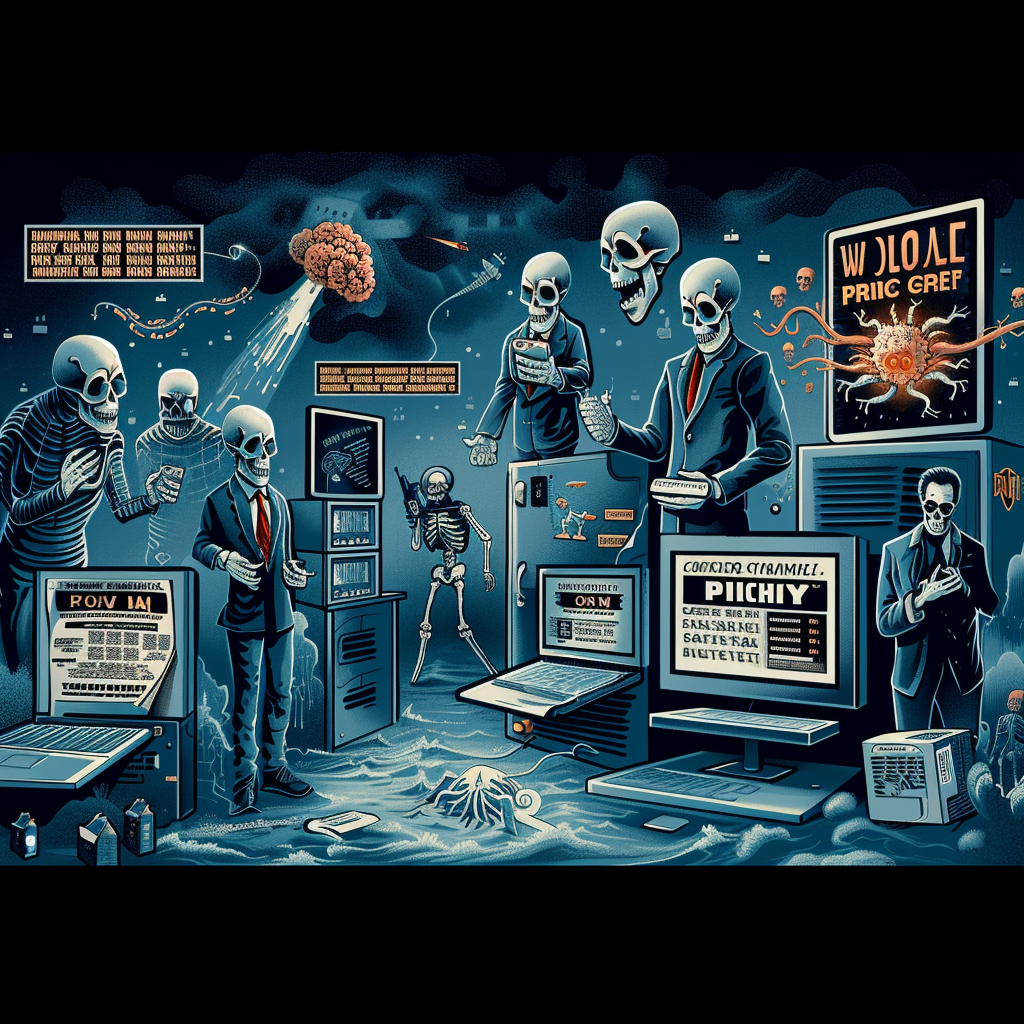
The Importance of Safeguards and Frameworks
Given these risks, the implementation of robust security frameworks and safeguards is not just a best practice but a necessity for any organization. Here’s why these measures are crucial:
• Preventative Measures:
• Access Controls: Role-based access control (RBAC) and the principle of least privilege limit the access of individuals to only what is necessary for their job functions, reducing the risk of misuse.
• Separation of Duties: Distributing responsibilities among multiple individuals ensures that no single person has unchecked control over critical systems.
• Detection and Response:
• Continuous Monitoring: Real-time monitoring and auditing of user activities help detect and respond to suspicious behavior promptly.
• Incident Response Plans: Preparedness through detailed incident response plans ensures a swift and effective reaction to security breaches.
• Cultural and Ethical Standards:
• Ethics Training: Regular ethics training reinforces the importance of integrity and ethical behavior among employees.
• Whistleblower Protections: Secure and anonymous reporting mechanisms encourage employees to report unethical behavior without fear of retaliation.
• Legal and Regulatory Compliance:
• Compliance Programs: Adhering to legal and regulatory requirements not only avoids penalties but also ensures that best practices in security and ethics are followed.
• Independent Audits: Regular independent audits provide an additional layer of oversight and accountability.

Conclusion
Without the necessary frameworks and safeguards, the risk posed by powerful individuals with malicious intent is significantly heightened. Robust security measures, ethical standards, and organizational protocols are essential to mitigate these risks and protect against insider threats. Continuous vigilance, regular audits, and a strong culture of ethics and accountability are critical to ensuring the responsible and secure use of powerful technologies.
Outdated and vulnerable systems are ripe for exploitation by hackers, and the consequences can be catastrophic. Here’s a glimpse into the sheer horror these systems can face:
Massive Data Breaches
• Sensitive Data Theft:
• Personal Information: Hackers can steal vast amounts of personal information, including names, addresses, social security numbers, and financial details.
• Corporate Secrets: Proprietary data, trade secrets, and intellectual property can be exfiltrated, leading to significant competitive disadvantages and financial loss.
• Customer Trust Erosion:
• Identity Theft: Stolen personal data can be used for identity theft, affecting thousands or even millions of individuals.
• Financial Fraud: Credit card information can be used for fraudulent transactions, causing financial distress for both the business and its customers.
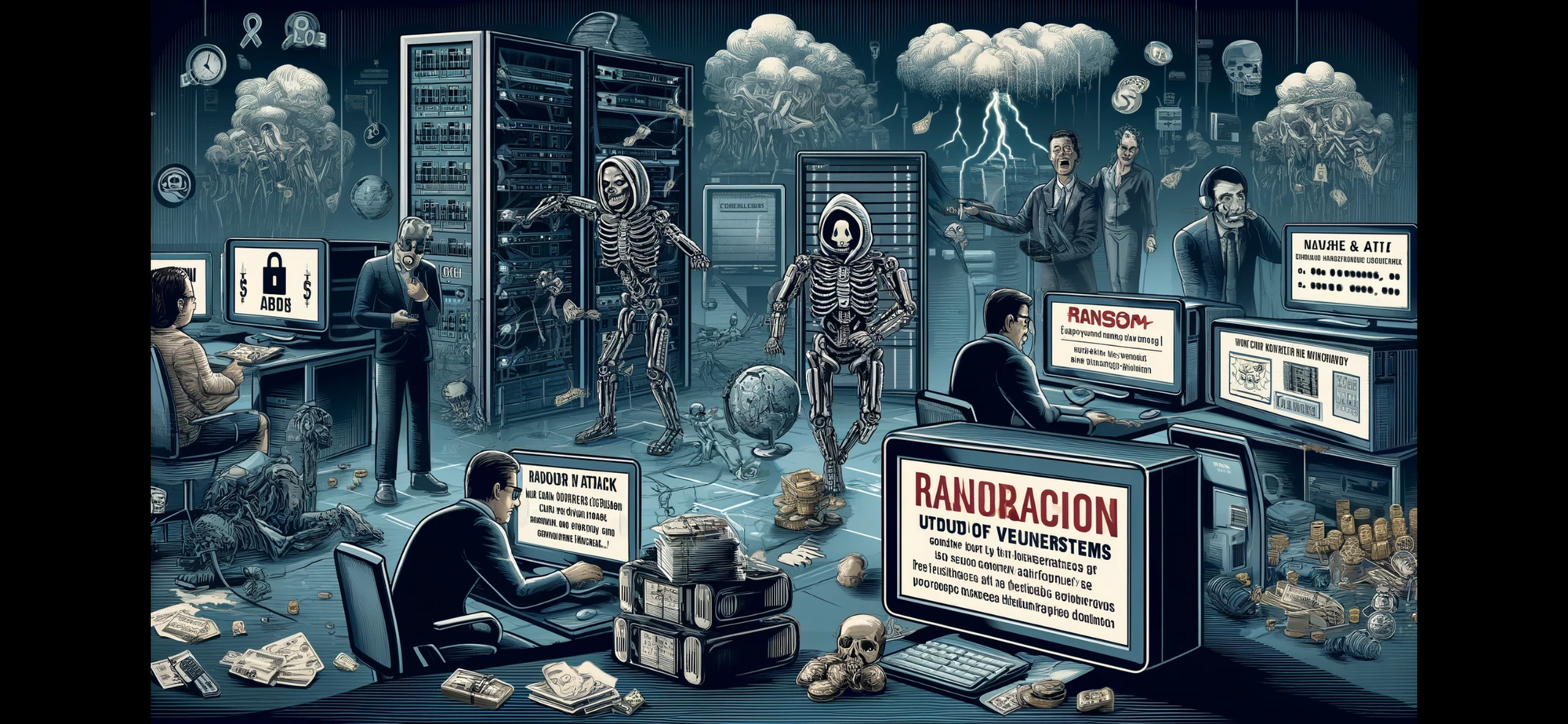
Operational Disruption
• Ransomware Attacks:
• System Lockdown: Hackers can deploy ransomware to lock down critical systems and data, rendering them unusable until a ransom is paid.
• Operational Paralysis: Essential business operations can grind to a halt, affecting everything from supply chains to customer service.

• Denial of Service (DoS) Attacks:
• Service Outages: Websites and online services can be overwhelmed with traffic, causing them to crash and become inaccessible.
• Revenue Loss: Extended downtime can lead to significant revenue loss, especially for businesses that rely on online transactions.
Financial Devastation
• Direct Financial Theft:
• Bank Account Draining: Hackers can gain access to corporate bank accounts and transfer funds, leading to direct financial loss.
• Invoice Fraud: Cybercriminals can manipulate invoices and payment systems to divert funds.
• Extortion and Blackmail:
• Ransom Demands: Businesses may be forced to pay substantial ransoms to regain access to their data or to prevent the release of sensitive information.
• Reputation Blackmail: Threats to publicly disclose sensitive information can coerce businesses into paying to avoid reputational damage.

Reputational Damage
• Public Exposure of Breaches:
• Media Frenzy: Major breaches often attract widespread media attention, leading to public embarrassment and loss of trust.
• Customer Backlash: Customers may lose confidence in the business’s ability to protect their data, leading to lost business and negative reviews.
• Long-Term Brand Damage:
• Permanent Loss of Trust: Rebuilding trust after a significant breach is challenging and can take years, if it is possible at all.
• Competitive Disadvantage: Competitors may capitalize on the breach, attracting disillusioned customers and gaining market share.

Legal and Regulatory Consequences
• Compliance Violations:
• Regulatory Fines: Violations of data protection laws such as GDPR, CCPA, and others can result in hefty fines.
• Legal Action: Affected customers and partners may sue the business, leading to costly legal battles and settlements.
• Government Scrutiny:
• Investigations: Breaches can trigger government investigations, resulting in further penalties and mandated improvements.
• Operational Restrictions: Regulatory bodies may impose operational restrictions until security improvements are verified, further disrupting business activities.
Systemic Vulnerabilities
• Backdoor Installation:
• Persistent Access: Hackers can install backdoors to maintain ongoing access to the system, allowing for continuous exploitation over time.
• Undetectable Threats: Backdoors can be difficult to detect, leading to prolonged vulnerability and potential future breaches.
• Destruction of Data:
• Data Corruption: Critical data can be corrupted or deleted, leading to significant recovery efforts and potential permanent loss of information.
• Data Manipulation: Hackers can alter data to damage business processes, create false information, or disrupt decision-making.
Psychological and Moral Impact
• Fear and Uncertainty:
• Employee Anxiety: The constant threat of cyberattacks can create a stressful work environment, affecting employee morale and productivity.
• Customer Fear: Customers may become fearful of using the business’s services, leading to decreased engagement and loyalty.
• Ethical Dilemmas:
• Moral Responsibility: Businesses may struggle with the moral implications of having exposed their customers to harm due to inadequate security.
• Decision-Making Pressure: Executives may face difficult decisions regarding ransom payments, public disclosures, and security investments.

Conclusion
The horrors hackers can unleash on outdated and vulnerable systems are vast and multifaceted, affecting every aspect of a business from operations and finances to reputation and morale. The consequences are not just immediate but can have long-lasting impacts that are challenging to overcome. This underscores the critical importance of maintaining robust cybersecurity practices and infrastructure.






Member discussion